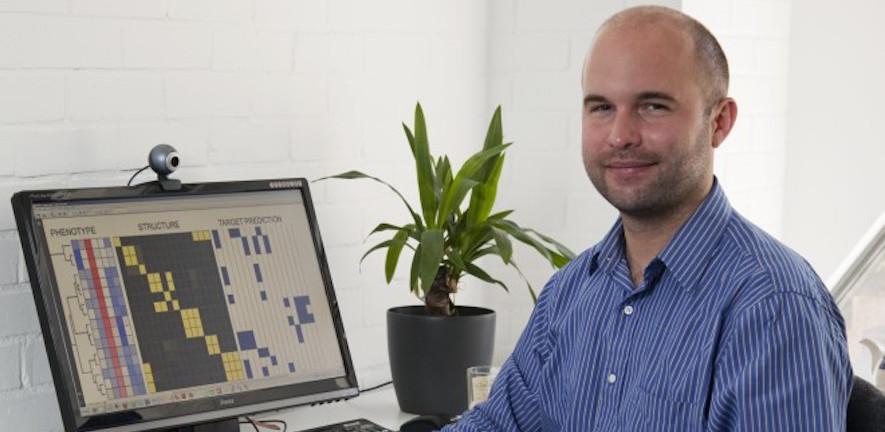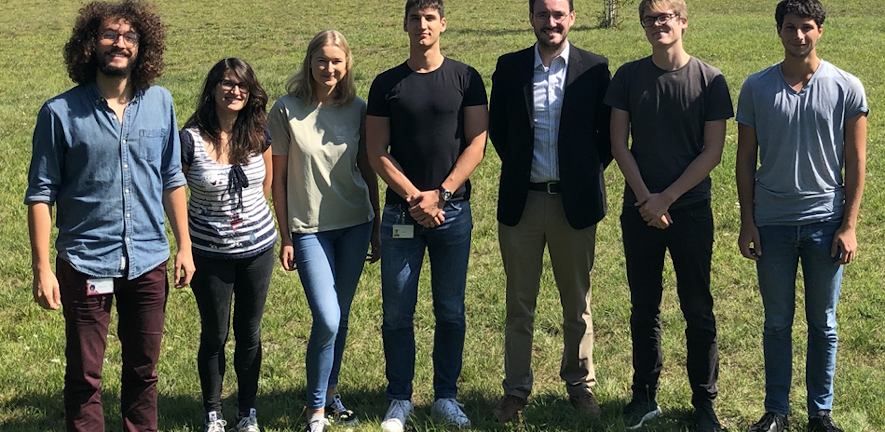
In the last two decades, the discovery of drug response biomarkers in cells has driven the field of precision medicine, especially in cancer treatment. Using large ‘high-throughput’ pharmacology screens of cancer cell lines, researchers can identify drug sensitivity biomarkers. This has greatly accelerated the understanding of resistance to cancer treatments, and hence the ability to match the right drug with the right cancer patient.
However, a major problem of these targeted cancer therapies is the emergence of drug resistance, which has become a key issue in modern oncology. But until now it has been experimentally challenging to use high-throughput screening to identify drug resistance biomarkers, because they are often rare, and it is also difficult to differentiate resistance cells from those that are simply ‘non responders’.
Now, in a paper published today in Cell Patterns, Dr Michael Menden from the Helmholtz Centre Munich, together with Dr Andreas Bender from this Department, demonstrate how they’ve applied a new statistical approach to detect clinically relevant drug resistance biomarkers, paving the way for the development of new and effective drug combinations to overcome drug resistance.
"This work clearly shows the benefit of having large-scale biological and chemical data available in the public domain, as well as the benefits of working in tandem between academic research institutes and the pharmaceutical industry," said Bender, who divides his time between the Department, AstraZeneca and Sanger Institute.
To trial their new approach, the researchers used publicly available data from cell line populations sensitive to a particular drug treatment, based on the fact they were carrying established sensitivity biomarkers. Using high-throughput screens, they then identified cell lines that should be responding to the drug, but showed no actual response. In the next step, the authors used their newly developed statistical method to indirectly identify relevant resistance biomarkers. Finally, they highlighted the unique genetic features of these cell lines, and confirmed their genetic linkage to drug resistance using a CRISPR-derived dataset, which was also publicly available.
Joint first author Ana Galhoz of the Helmholtz Centre Munich said: “Our new approach can highlight potential resistant mechanisms in cell lines that in principle should be responding to a drug.” Fellow joint first author Iñigo Ayestaran added: “By combining this information with CRISPR essentiality screens, we can build new hypotheses about how to overcome resistance, for example by using drug combinations.”
Lead author Dr. Michael Menden added: “Our results pave the way for enhancing cancer precision medicine and effective drug combinations to overcome resistance.”
Bender is hopeful that the next steps in their research could include “the design of new compounds with the desired action, as well as better targeting of existing drugs to patients, given that treatment failures in cancer are still common."
The Menden Research Group with joint authors Inigo Ayestaran and Ana Galhoz on the left (Dr Michael Menden fifth from left in a black jacket).

Identification of intrinsic drug resistance and their biomarkers in high-throughput pharmacogenomic and CRISPR screens,
Iñigo Ayestaran, Ana Galhoz, Elmar Spiegel, Ben Sidders, Jonathan R Dry, Frank Dondelinger, Andreas Bender, Ultan McDermott, Francesco Iorio, Michael P. Menden
Cell Patterns 2020 (in press)

